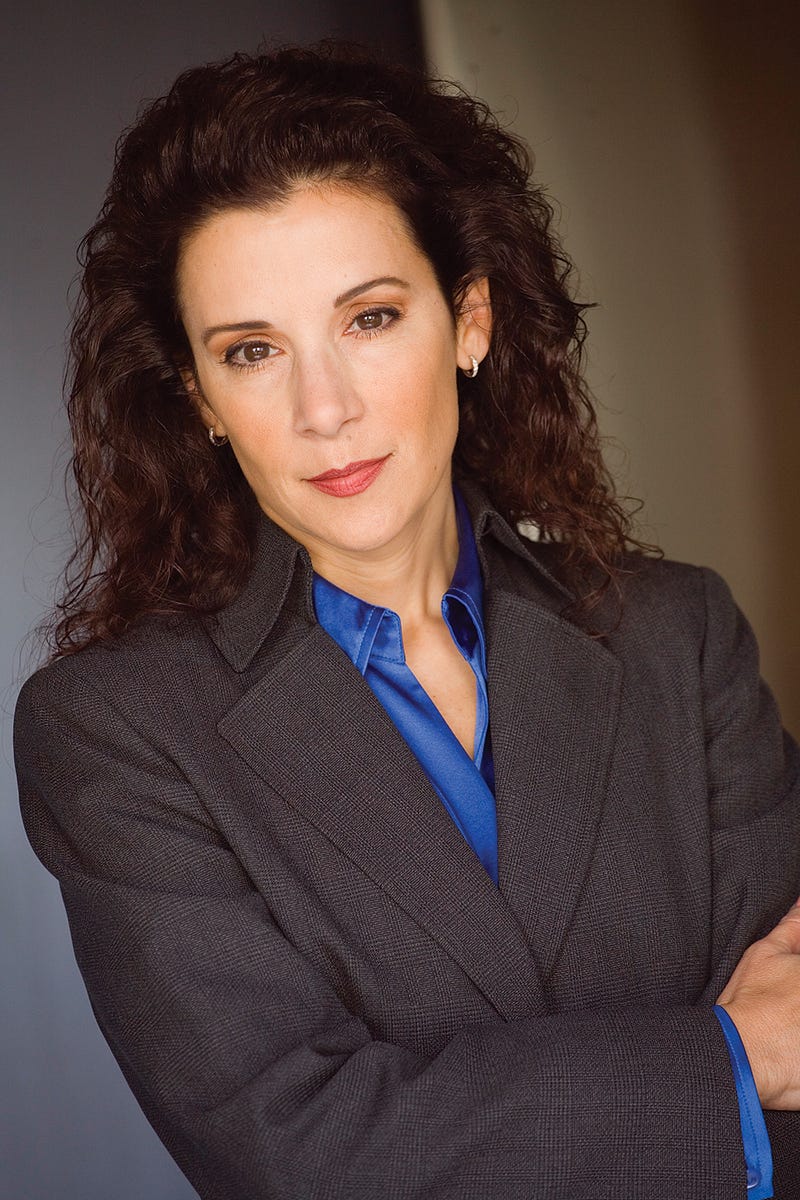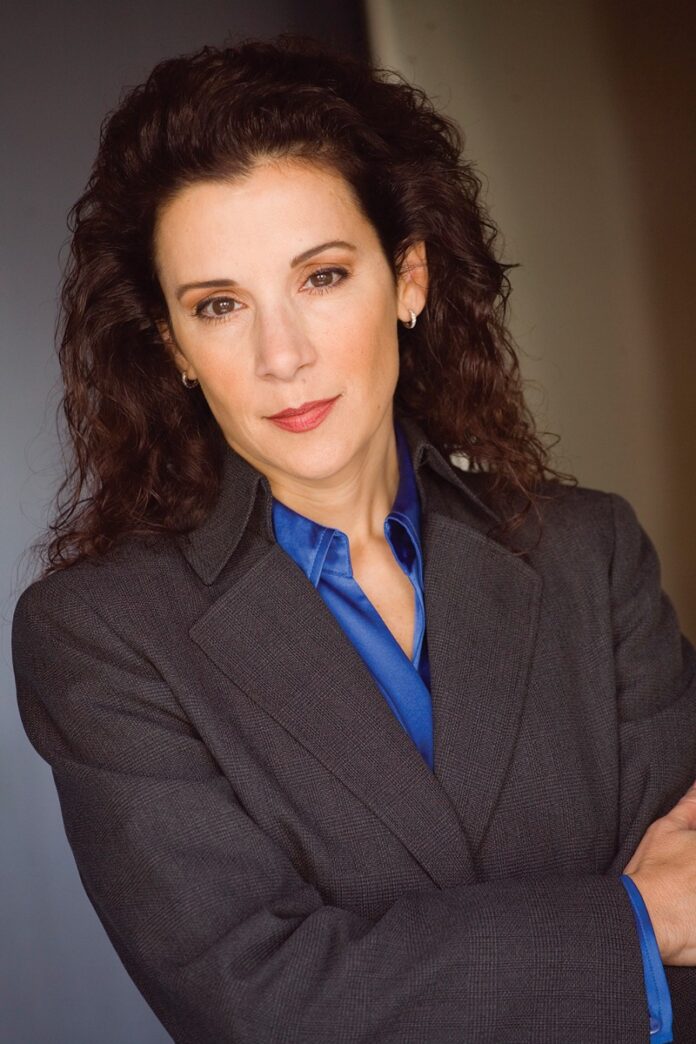How Madeline Di Nonno of the Television Academy Foundation is helping to make Film and TV more representative of the US population

As storytellers it’s critical that we stay relevant and vigilant to reflect our changing culture. Consider this:
In 2020 over 50 percent of kids under age 18 will be part of a minority or ethnic group. People of color are 39 percent of the population and 40 percent of filmgoers.
By 2044 no one racial or ethnic group will dominate our population.
Women are 51 percent of the population and 52 percent of moviegoers.
Aside from the social imperative, there is a business imperative in increasing diversity. In the top 100 Family Films from 2007 to 2017, female-led films have generated a 55 percent gain over the past ten years. And in 2017 leads of color generated 14 percent more revenue at the box office than family films with white actors, generating $11.5 million more in revenue.
As part of my series about leaders helping to make Film and TV more representative of the US population, I had the distinct pleasure of interviewing Madeline Di Nonno. As chair of the Television Academy Foundation and CEO of the Geena Davis Institute on Gender in Media, Madeline Di Nonno is leading the charge for increased diversity and inclusivity within the entertainment industry. The Foundation is the charitable arm of the Television Academy and its mandate is to identify, educate and advance an inclusive group of “next-generation” television professionals through its programs. The Geena Davis Institute on Gender in Media is the first and only research-based organization working within the media and entertainment industry to engage, educate and influence content creators, marketers and audiences about the importance of eliminating unconscious bias, highlighting gender balance, challenging stereotypes, creating role models and scripting a wide variety of strong female characters in entertainment and media that target and influence children ages 11 and under.
Thank you so much for joining us Madeline! Can you describe how the Television Academy Foundation and the Geena Davis Institute are helping to make film and TV more representative of the U.S. population?
Overall, the work we do at the Television Academy Foundation and the Geena Davis Institute is crucial because both organizations deliver tangible results when it comes to addressing diversity issues in media.
One can speak at great length about the need for inclusivity, but creating and implementing programs and initiatives that deliver concrete results is what my work is all about.
The Television Academy Foundation is television’s premiere nonprofit dedicated to discovering and nurturing new and diverse entertainment industry professionals, building an inclusive pipeline of talent for the television industry. Our renowned educational programs provide access and opportunity for young talent from all backgrounds seeking careers in the industry via our Internship and College Television Awards programs. For over 30 years our alumni have built successful careers as writers, creators and content developers at all levels and exemplify the inclusion we strive to achieve at the Foundation.
The Geena Davis Institute is the only organization employing the GD-IQ tool to create systemic change in entertainment media-content creation. The groundbreaking GD-IQ software is a tool developed by the Geena Davis Institute at Mount Saint Mary’s University to analyze audio and video media content to more accurately measure gender representation in film. It’s the only tool in existence with the ability to measure screen and speaking time through the use of automation. Existing research on gender, race and other representations in media almost exclusively employ manually scored content analysis. The GD-IQ was designed to push the boundaries of how we identify the imbalance of the representation of specific demographics and stereotypes in media. Content creators from the worlds of film, television, advertising, publishing, digital and more are able to identify and recognize the issues contributing to the problem and correct the course.

Can you give us an example of an individual who was impacted by the work the Television Academy Foundation is doing?
We have so many success stories, it’s hard to know where to begin. Writer/Director Gina Prince-Bythewood is an alumni of our Internship Program and credits the program with helping to launch her career. Gina wrote and directed the widely acclaimed feature films “Love & Basketball” (2000) and “The Secret Life of Bees” (2008). Most recently, Gina directed the pilot for Marvel’s “Cloak & Dagger,” which launched to strong reviews and viewers. It was also recently announced that she is set to direct the female-fronted action film “The Old Guard,” based on the comic book series by Greg Rucka and illustrator Leandro Fernández, starring Charlize Theron for Netflix.
Additional alumni successes include; Four-time Emmy® award-winning writer/producer Rachel Axler for her work on “Veep” and “The Daily Show with Jon Stewart,” she was a scriptwriting intern in 2004; Patricia Riggen, a 2003 College Television Award winner, is directing FOX’s “Proven Innocent” and was a director on “Tom Clancy’s Jack Ryan” for Amazon last year; Lindsay Pepper, a 2012 Foundation intern, won her first Emmy award in 2018 for Outstanding Sound Editing For A Comedy or Drama Series for Netflix’s “Stranger Things”; Layne Eskridge, a 2006 intern, is currently a creative executive at Apple; and CNN’s Natasha Chen is a College Television Award alumni.




Can you share three reasons with our readers about why it’s really important to have diversity represented in film and television and its potential effects on our culture?
As storytellers it’s critical that we stay relevant and vigilant to reflect our changing culture. Consider this:
- In 2020 over 50 percent of kids under age 18 will be part of a minority or ethnic group. People of color are 39 percent of the population and 40 percent of filmgoers.
- By 2044 no one racial or ethnic group will dominate our population.
- Women are 51 percent of the population and 52 percent of moviegoers.
Aside from the social imperative, there is a business imperative in increasing diversity. In the top 100 Family Films from 2007 to 2017, female-led films have generated a 55 percent gain over the past ten years. And in 2017 leads of color generated 14 percent more revenue at the box office than family films with white actors, generating $11.5 million more in revenue.
What do you recommend the community/society/the industry do to help address the root of the diversity issues in the entertainment business?
The Geena Davis Institute’s film benchmark study shows that less than 1 percent of main characters were LGBTQIA or had a disability. There are 25 million people with disabilities in the United States, and 3.4 percent of our U.S. population identify as LGBTQ. So, entertainment content creators need to reflect the diversity of our culture and can do so by including a full range of representation in their work. These audiences are hungry to see themselves on TV and in film.
In 2017 the Television Academy Foundation launched a new public event series called “The Power of TV” in which we examine and celebrate the power of television to inspire social change. It’s important to create a space for open dialogue focused on audiences that are underserved in media; we’ve already held panel discussions on topics such as Latinx inclusion and foster care in storytelling through “The Power of TV” series.


